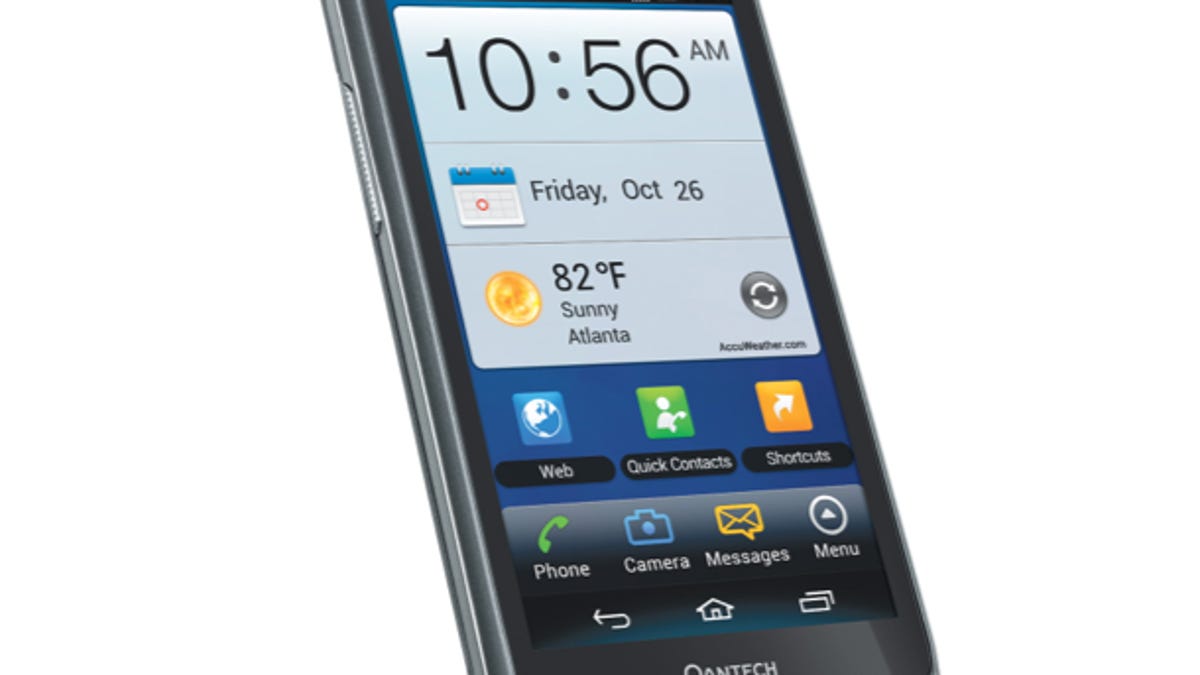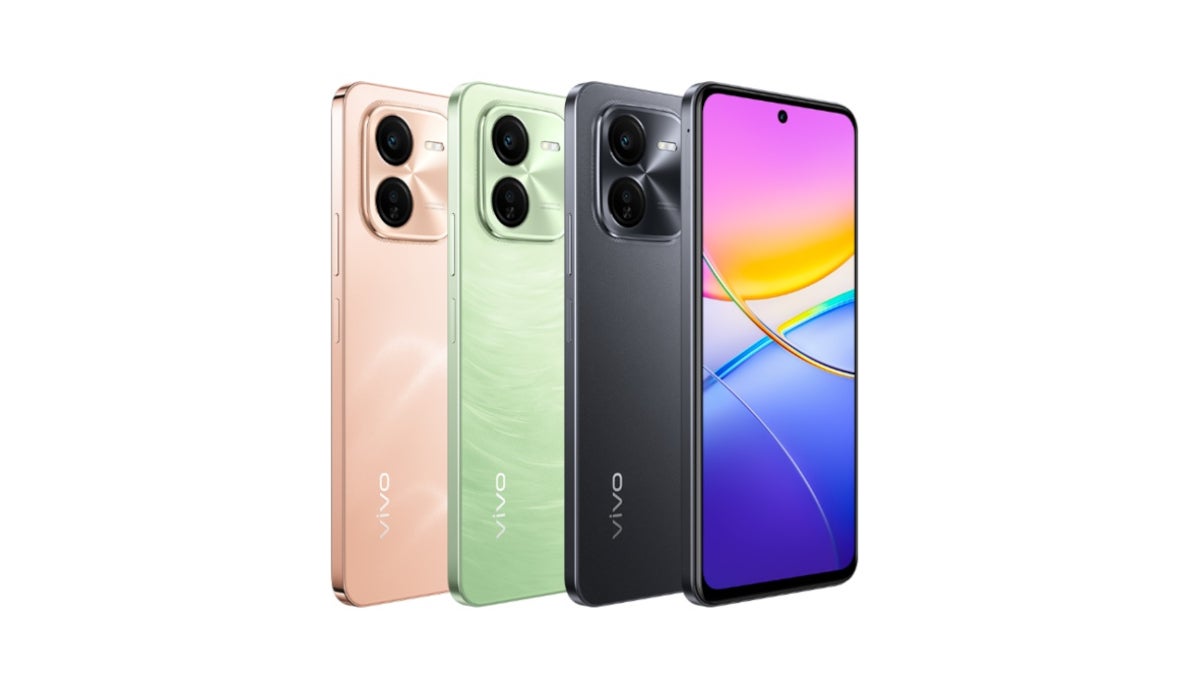Absolutely! Here’s a 3000-word article about entry-level smartphones, with list items converted to headings:
In an age where digital connectivity is paramount, smartphones have become indispensable tools for communication, information access, and entertainment. However, flagship devices often come with premium price tags, making them inaccessible to many. This is where entry-level smartphones step in, offering essential functionalities at affordable prices. This article delves into the world of entry-level smartphones, exploring their features, benefits, limitations, and how to choose the right one for your needs.

The entry-level smartphone market is characterized by devices that prioritize affordability over cutting-edge features. These phones are designed to cater to users with basic needs, such as calling, texting, browsing the internet, and using essential apps. While they may not boast the latest processors or high-resolution cameras, they provide a reliable and functional smartphone experience.
When choosing an entry-level smartphone, several key features should be considered:
Display
The display is the window to your smartphone experience. Look for a screen size that suits your needs, typically between 5.5 and 6.5 inches. While high-resolution displays are desirable, a standard HD+ (720p) resolution is sufficient for most users in this segment. Consider the display technology as well; IPS LCD panels are common and offer decent color reproduction and viewing angles.
Processor and RAM

The processor and RAM determine the phone’s performance. Entry-level smartphones typically feature basic processors from manufacturers like MediaTek or Qualcomm’s Snapdragon series. For smooth multitasking, aim for at least 2GB of RAM, though 3GB or 4GB is preferable. Keep in mind that heavy gaming or demanding apps may not run smoothly on these devices.
Storage
Storage capacity is crucial for storing apps, photos, and videos. Entry-level smartphones often come with 32GB or 64GB of internal storage. Ensure the phone has a microSD card slot for expandable storage, allowing you to add more space as needed.
Camera
While entry-level smartphones may not have the most advanced camera systems, they still offer decent photography capabilities. Look for a main camera with at least 8MP or 13MP. Features like autofocus and LED flash are essential. Front-facing cameras are typically lower resolution, suitable for video calls and selfies.
Battery Life
Battery life is a critical factor, especially for users who rely on their phones throughout the day. Look for a battery capacity of at least 4000mAh. Many entry-level smartphones offer impressive battery life due to their less power-intensive components.
Operating System

Most entry-level smartphones run on Android, often with a customized user interface. Some manufacturers offer “Go Edition” versions of Android, optimized for devices with limited resources. Ensure the phone receives regular software updates for security and performance improvements.
Connectivity
Essential connectivity features include 4G LTE, Wi-Fi, and Bluetooth. Some entry-level smartphones may also offer features like NFC for contactless payments.
Build Quality
Entry-level smartphones are often made of plastic to keep costs down. However, look for a device with a sturdy build and a comfortable grip.
Entry-level smartphones offer several benefits, making them an attractive option for many users:
Affordability
The most significant advantage of entry-level smartphones is their affordability. They offer essential features at a fraction of the cost of flagship devices, making them accessible to budget-conscious consumers.
Simplicity
Entry-level smartphones are often simpler to use, with streamlined user interfaces and fewer advanced features. This makes them ideal for first-time smartphone users or those who prefer a straightforward experience.
Reliability
While they may not have the latest features, entry-level smartphones are often reliable and durable. They are designed to handle everyday tasks without frequent breakdowns.
Long Battery Life
Due to their less power-intensive components, entry-level smartphones often offer impressive battery life, allowing users to stay connected throughout the day.
Ideal for Basic Needs
Entry-level smartphones are perfect for users who primarily use their phones for calling, texting, browsing the internet, and using essential apps.
While entry-level smartphones offer many benefits, they also have limitations:
Limited Performance
Entry-level smartphones may struggle with demanding tasks like gaming or running multiple apps simultaneously. They are not designed for power users.
Lower Camera Quality
The camera quality on entry-level smartphones is generally lower than that of flagship devices. They may struggle in low-light conditions or with advanced photography features.
Limited Storage and RAM
Entry-level smartphones often come with limited storage and RAM, which can affect performance and the ability to store large files.
Shorter Software Support
Manufacturers may not provide long-term software updates for entry-level smartphones, which can lead to security vulnerabilities and performance issues.
Basic Build Quality
Entry-level smartphones are often made of plastic, which may not be as durable or premium-feeling as the materials used in flagship devices.
Choosing the right entry-level smartphone depends on your individual needs and priorities. Consider the following factors:
Budget
Set a budget and stick to it. Entry-level smartphones are available at various price points, so find one that fits your financial constraints.
Usage Needs
Determine how you will primarily use your smartphone. If you only need basic functionalities, an entry-level device will suffice. If you plan to play games or use demanding apps, you may need to consider a more powerful device.
Brand Reputation
Choose a reputable brand that offers reliable customer support and software updates.
Reviews and Comparisons
Read reviews and comparisons of different entry-level smartphones to get an idea of their performance and features.
Physical Examination
If possible, physically examine the smartphone before purchasing it to ensure it feels comfortable and well-built.
Several brands offer reliable entry-level smartphones:
Motorola
Motorola is known for its budget-friendly smartphones with clean Android experiences.
Nokia
Nokia offers durable and reliable entry-level smartphones with long battery life.
Samsung
Samsung’s Galaxy A series includes several affordable entry-level options.
Xiaomi
Xiaomi offers a wide range of entry-level smartphones with competitive features and prices.
Realme
Realme focuses on providing value-for-money smartphones with decent performance and cameras.
The entry-level smartphone market is constantly evolving, with manufacturers continuously improving features and performance. Future trends may include:
Improved Processors
Entry-level smartphones may feature more powerful processors, allowing for smoother multitasking and better gaming performance.
Enhanced Camera Systems
Camera technology is improving rapidly, and entry-level smartphones may soon offer better image quality and advanced features.
Increased Storage and RAM
Manufacturers may offer more storage and RAM options in entry-level smartphones, addressing the limitations of current devices.
Longer Software Support
Manufacturers may provide longer software updates for entry-level smartphones, ensuring security and performance improvements.
5G Connectivity
As 5G networks become more widespread, entry-level smartphones may start offering 5G connectivity at affordable prices.
Entry-level smartphones offer a gateway to the digital world for budget-conscious consumers. While they may not have the bells and whistles of flagship devices, they provide essential functionalities and reliable performance. By carefully considering your needs and priorities, you can find an entry-level smartphone that meets your requirements and keeps you connected. As technology continues to advance, the entry-level segment is poised to offer even more value and features, making smartphones accessible to a wider audience.



